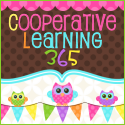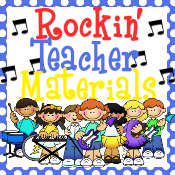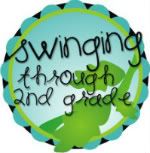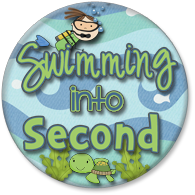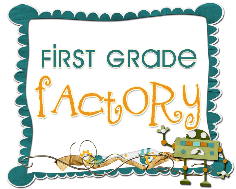A Path to Comprehension
When you let students know that they'll be asked to tell you or their classmates—orally or in writing—“what happened in the story” or “what were the big ideas,” you'll help them connect with text and focus on making meaning. Plus, what they say or write gives you a quick way of assessing their developing comprehension skills.
Even your youngest students can participate. Ask emergent readers to tell you about items or events from a story, and then talk about putting the events in order. As they grow as readers and writers, children can be asked to retell a story first in pictures, then in writing, and then in their own words. By the middle or upper elementary grades, they can move on to summarizing.
Make a Map
During shared reading and read-alouds with your preschoolers and kindergartners, introduce the idea of sequence. When you reread a familiar book, pause every now and then, and say something like “Do you remember what comes next?” After reading, ask “Who can tell me how the story started? And then what happened?”
Now, create picture cards that correspond with the main events in the story. Hand a card to each of several children, and ask them to line up in the order that matches the story. You can also make multiple card sets so children can work in groups to lay them out in order.
Once children get used to the idea of sequence, it's time for them to dive in themselves. An Event Map will get them actively involved in shared reading, reinforce ideas of main events and sequence, and let them show you what they know through pictures and emergent writing.
Give a copy of the Event Map (page 63) to each student. After sharing a book several times, ask them to complete the map. At first, young learners can use pictures to show the events. Once they gain some experience, they can label the pictures (as shown in the illustration) and then move on to completing the map in writing.
(These ideas are adapted from Jill Hansen's book “Tell Me a Story”.)
A Marvelous Modification
Summarizing is a more complex task than retelling. Creating a formal summary usually involves reducing a text by about a third, writing a topic statement, eliminating redundant and unimportant details, and more. You can help students make the transition from retelling to summarizing by encouraging them to paraphrase.
In a retelling, students often rely on the author's words. With paraphrasing, they use their own words to tell or write about what happens in a text.
Model paraphrasing by reading aloud a portion of text and then launching into your own paraphrase with “OK, so here's what is going on in this part….” At some point, highlight a “word I don't think I know” or “something that doesn't seem quite right”—and show students how to go back to the text to figure things out.
In this way, students put things into words that they understand (thereby deepening their comprehension of the text) and begin to concentrate on monitoring their reading and taking action when things are unclear.
(See Sharon Kletzien's “Paraphrasing” in The Reading Teacher, September 2009, for more about this strategy, along with the related ReadWriteThink.org lesson plan.)
TEACHER TALK
Get them in a retelling/summarizing frame of mind by saying things like this:
If you thought the book was great and want your best friend to read it, how would you describe what it's about?
Who's the most important person in the story? What does the aughor say to make you know that?
Are there important words that jump out at you? What are they? Why are they important? What do they mean?
What's the main idea of this paragraph? On this page? In this book?
Moving to Main Ideas
To help your upper primary and intermediate students continue on the path toward summarizing and growing comprehension, try Somebody/Wanted/But/So (described in Valerie Ellery's Creating Strategic Readers).
Have each student fold a piece of paper in quarters. After reopening the folded paper, ask them to write the following headings in each of the four sections: Somebody, Wanted, But, So.
Using a story that they have read, students complete their charts by writing a statement under each heading:
Somebody—identify the main character
Wanted—describe the character's goal or motivation
But—describe a conflict that impedes the character
So—describe the conflict's resolution
Extend the activity by asking “How can you use these key ideas to give me a condensed version of the story?” Students can respond orally or in writing—and they'll be well on the way to becoming successful summarizers!
Digging Deeper
For more about retelling, paraphrasing, summarizing, and comprehension, including lots of additional activities, see these resources:
Valerie Ellery, Creating Strategic Readers: Techniques for Developing Competency in Phonemic Awareness, Phonics, Fluency, Vocabulary, and Comprehension, International Reading Association
Jill Hansen, “Tell Me a Story”: Developmentally Appropriate Retelling Strategies, International Reading Association
Sharon Kletzien, “Paraphrasing: An Effective Comprehension Strategy,” The Reading Teacher, September 2009
Sharon Kletzien, “I Used My Own Words! Paraphrasing Informational Texts,” ReadWriteThink.org (www readwritethink org classroom-resources lesson-plans used-wordsparaphrasing-informational-1177 html)
Thursday, September 2, 2010
Subscribe to:
Comments (Atom)





